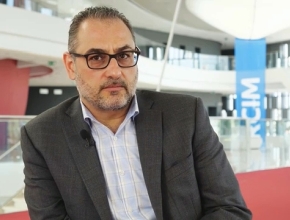Dr Brian Garibaldi is an associate professor in the Division of Pulmonary and Critical Care Medicine and director of the Biocontainment Unit at Johns Hopkins Medicine (USA).
Is bedside physical examination still a relevant tool in the modern intensive care unit (ICU)? Does it have a future?
Brian Garibaldi, MD: Yes, I think the physical examination is still incredibly important in an ICU.
I think there is this mistake to think that we are not using the physical examination in the ICU. When you look at some of the most impressive ICU physicians, they often can stand at the bedside and just by watching the patient tell what ventilator changes need to be made or they can make decisions about diagnosis or prognosis. Even though we do not sometimes explicitly talk about it at observation, that is part of the physical examination, in fact maybe even the most important one.
In the ICU, there are so many times where you cannot get an effective history or a laboratory test may be inconclusive, but there is always value in your ability to make an observation at the bedside, either by just looking at someone or laying your hands on the chest and feeling an asymmetric chest wall rise, which could be a sign of a pneumothorax. We oftentimes miss simple things like an infiltrated IV or a stasis ulcer that could be the key to an unexplained fever in a patient.
I think that in the ICU, where patients are sick and cannot give you history, the physical examination becomes even more important than it may otherwise be in other circumstances.
 English
English
 Español
Español
 українська
українська










